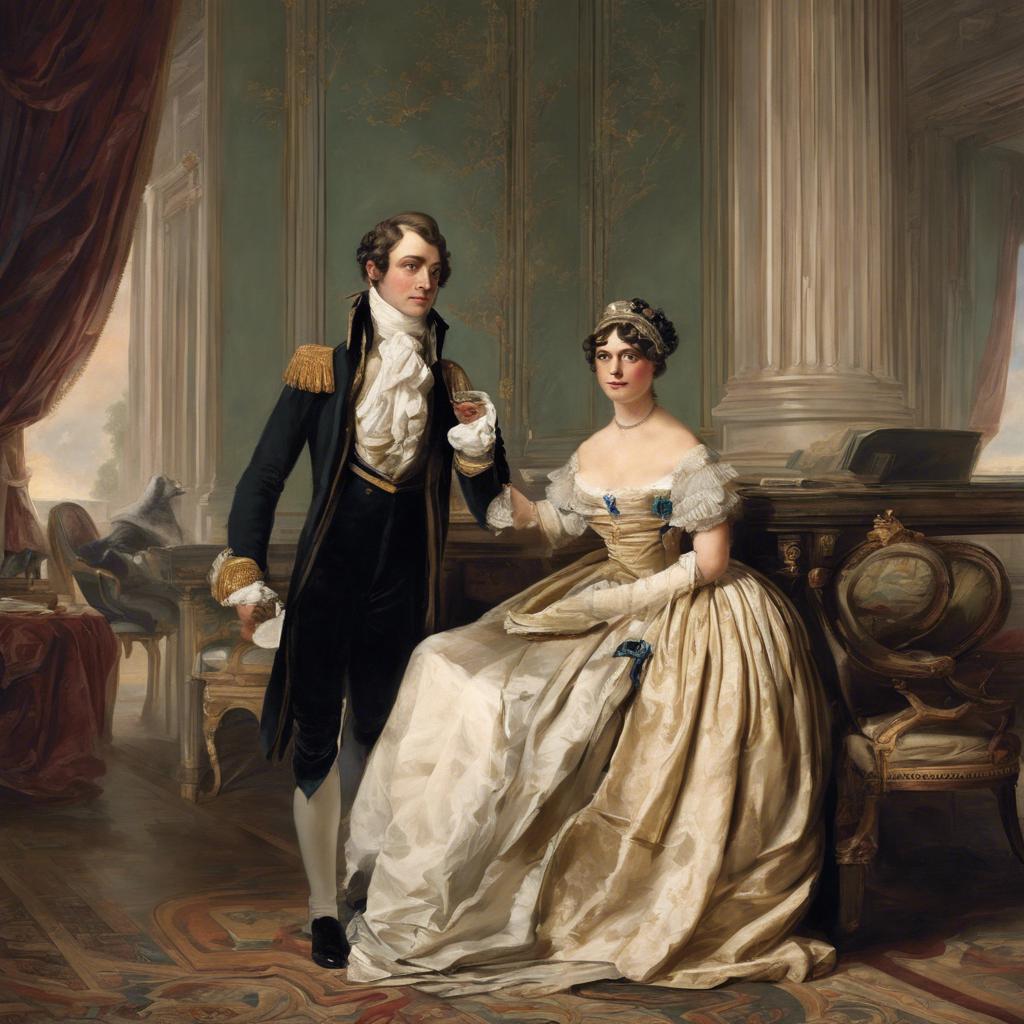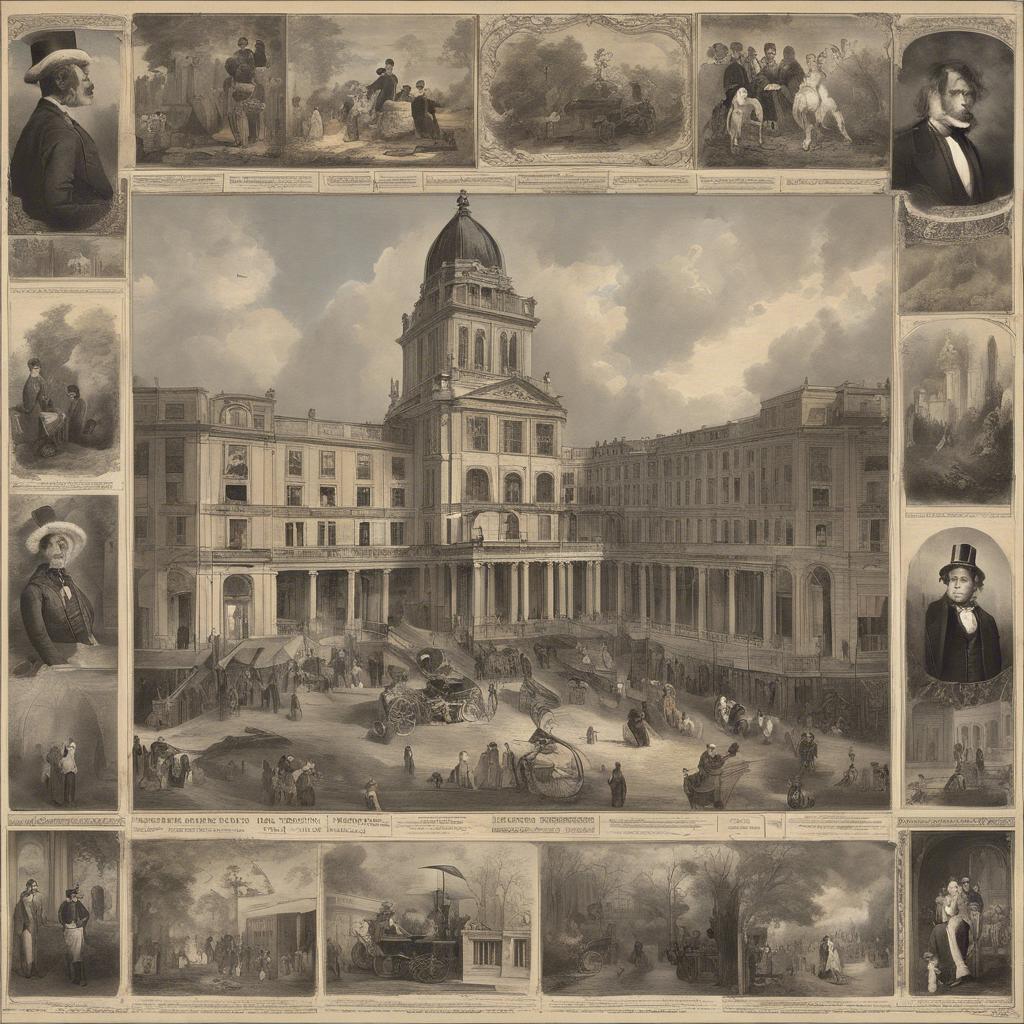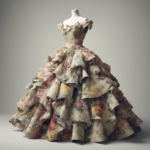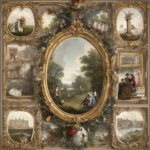The Regency Era of the regency era undergarments men”>19th century, spanning from 1811 to 1820, marks a pivotal time in British history characterized by cultural renaissance, political intrigue, and social change. As the Prince Regent assumed power in lieu of his ailing father, King George III, England experienced a period of transition and innovation that left an indelible impact on society. From the elegant fashion of the elite to the turbulent political landscape, the Regency Era stands as a fascinating chapter in the annals of British history, shaping the future of the nation for generations to come. In this article, we will delve into the complexities of this unique era, exploring its key events, prominent figures, and lasting legacies that continue to resonate in the modern world.
Step Into the World of Cheryl Bolen
Dive into the enchanting stories of love, intrigue, and elegance set in the Regency Era. Cheryl Bolen's novels offer timeless romance and captivating tales that will leave you wanting more.
Explore Cheryl Bolen's Books Now
– The Regency Era: A Time of Elegance and Social Change
The Regency Era of the 19th century was a period characterized by both elegance and significant social change. During this time, King George III was deemed unfit to rule, and his son, Prince George, served as Regent from 1811 to 1820. This era marked a shift in societal norms and cultural influences, shaping the landscape of British history.
One of the defining features of the Regency Era was the focus on refined tastes and extravagant fashion. Elite members of society, particularly in London, embraced a style known for its opulence and attention to detail. Women wore flowing gowns with empire waists and delicate embroidery, while men sported tailored suits and cravats. This emphasis on elegance extended to architecture, literature, and the arts, creating a sense of sophistication and glamour.
Despite the focus on luxury and aesthetics, the Regency Era was also a time of social change and political upheaval. The Industrial Revolution brought about economic transformation, leading to advances in technology and urbanization. Additionally, movements for social reform gained traction, advocating for issues such as workers’ rights and abolitionism. This period of shifting values and attitudes laid the groundwork for the Victorian Era that would follow.
– Fashion and Etiquette in Regency Society
In the regency era of the 19th century, fashion and etiquette played a significant role in shaping society. Dressing according to the latest trends and adhering to proper manners were essential for individuals to navigate the social circles of the time.
Fashion in Regency society was characterized by elegant and sophisticated attire, often made of luxurious fabrics such as silk and satin. Women’s fashion included empire-waist dresses with high necklines and full skirts, while men sported tailcoats and top hats. Accessories like gloves, parasols, and fans were also commonly used to enhance one’s ensemble.
Etiquette was equally important in Regency society, with strict rules governing behavior in various social situations. Proper etiquette dictated how one should greet others, engage in conversation, and conduct oneself at social events such as balls and dinners. Observing these rules was crucial for individuals to maintain their standing within the aristocracy and uphold their reputation.
– Literature and Arts: The Influential Voices of the 19th Century Regency Period
In the vibrant literary and artistic landscape of the 19th century Regency period, influential voices emerged that left a lasting impact on the cultural fabric of the time. Writers such as Jane Austen, with her keen observations of society and sharp wit, crafted timeless novels like “Pride and Prejudice” and “Sense and Sensibility” that continue to captivate readers to this day. These works of fiction not only entertained but also provided a window into the social norms and values of the era.
Artists like J.M.W. Turner and John Constable revolutionized the world of painting with their innovative techniques and distinct styles. Turner’s use of light and color in his landscapes captured the imagination of viewers, while Constable’s dedication to portraying the beauty of the English countryside earned him a reputation as one of the greatest landscape artists of his time. Their contributions to the art world helped shape the evolving aesthetic of the Regency period.
The Regency era was also marked by significant advancements in theater, with playwrights like Richard Sheridan and John O’Keeffe producing acclaimed works for the stage. These theatrical productions not only provided entertainment for the masses but also served as a reflection of the societal values and tensions of the time. The influence of these creative voices resonated far beyond the Regency period, laying the groundwork for the artistic movements that would follow in the 19th century.
– Recommendations for Exploring Regency Era Architecture and Design
Explore the elegance and sophistication of Regency Era architecture and design with these recommendations:
1. Visit Historic Sites:
- Take a tour of iconic Regency buildings like Brighton Pavilion and Royal Crescent.
- Admire the grandeur of Georgian townhouses in Bath and London.
2. Study Architectural Elements:
- Notice the use of classical columns, symmetrical facades, and intricate ironwork in Regency buildings.
- Learn about the influence of Greek and Roman architecture on Regency design.
3. Attend Exhibitions and Events:
- Check out museums and galleries showcasing Regency furniture, paintings, and decorative arts.
- Attend Regency-themed events like balls, lectures, and workshops to immerse yourself in the era.
To Wrap It Up
the Regency era of the 19th century was a pivotal period in British history, characterized by cultural innovation, political upheaval, and social change. From the elegant fashion of the upper classes to the growing demands for societal reform, this era remains a fascinating chapter in the annals of history. As we look back on this time with wonder and admiration, let us continue to appreciate the contributions and legacies left behind by the individuals who shaped the course of the Regency era. May their stories inspire us to learn from the past and strive towards a brighter future.


